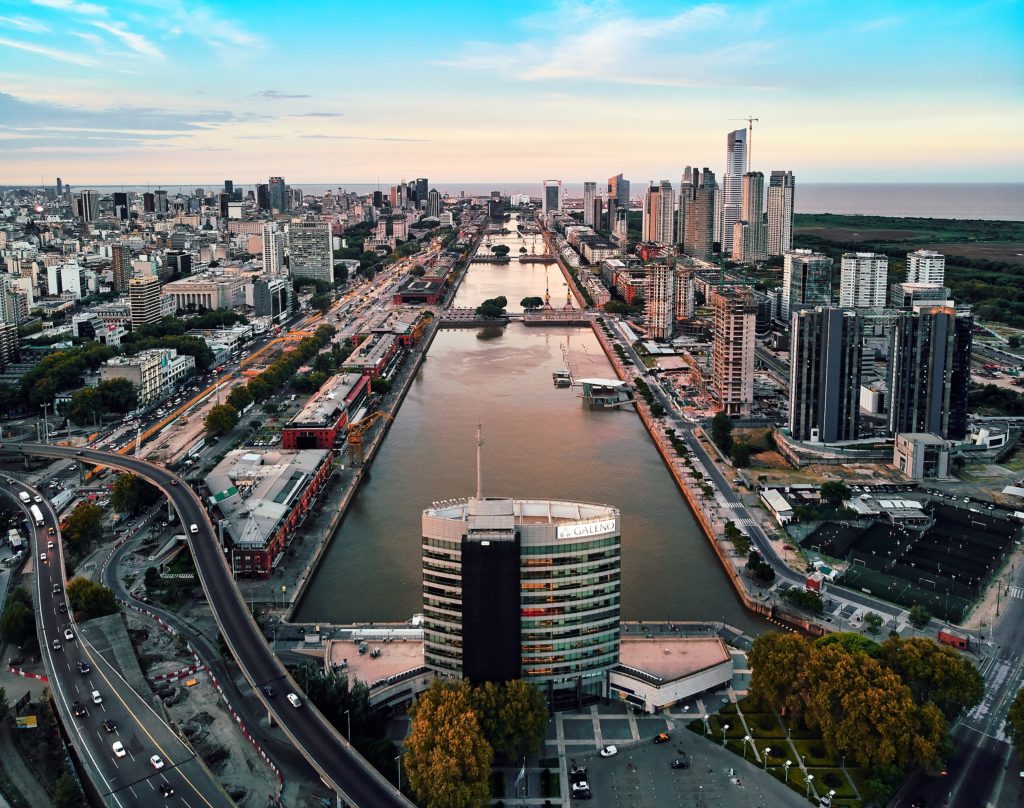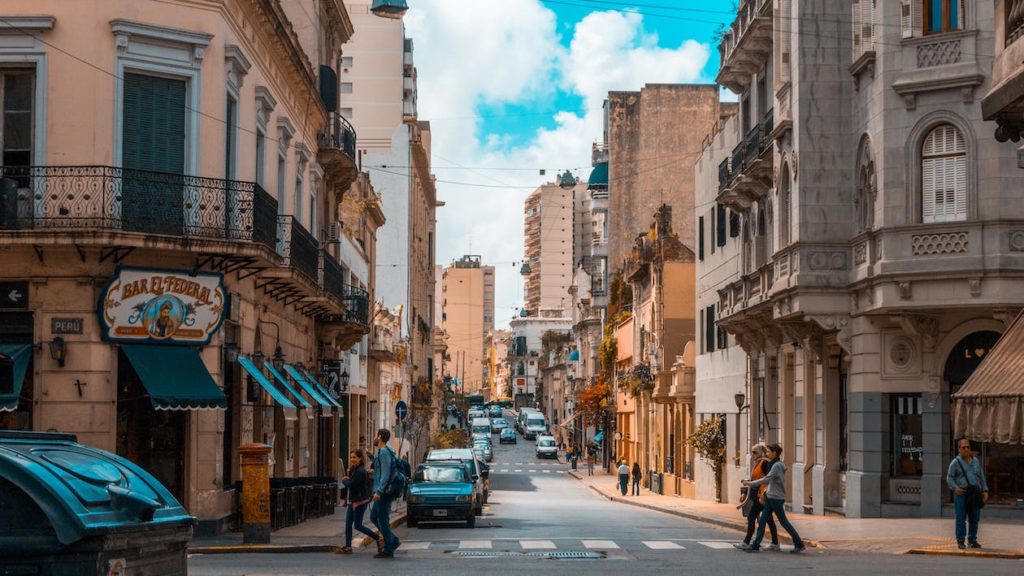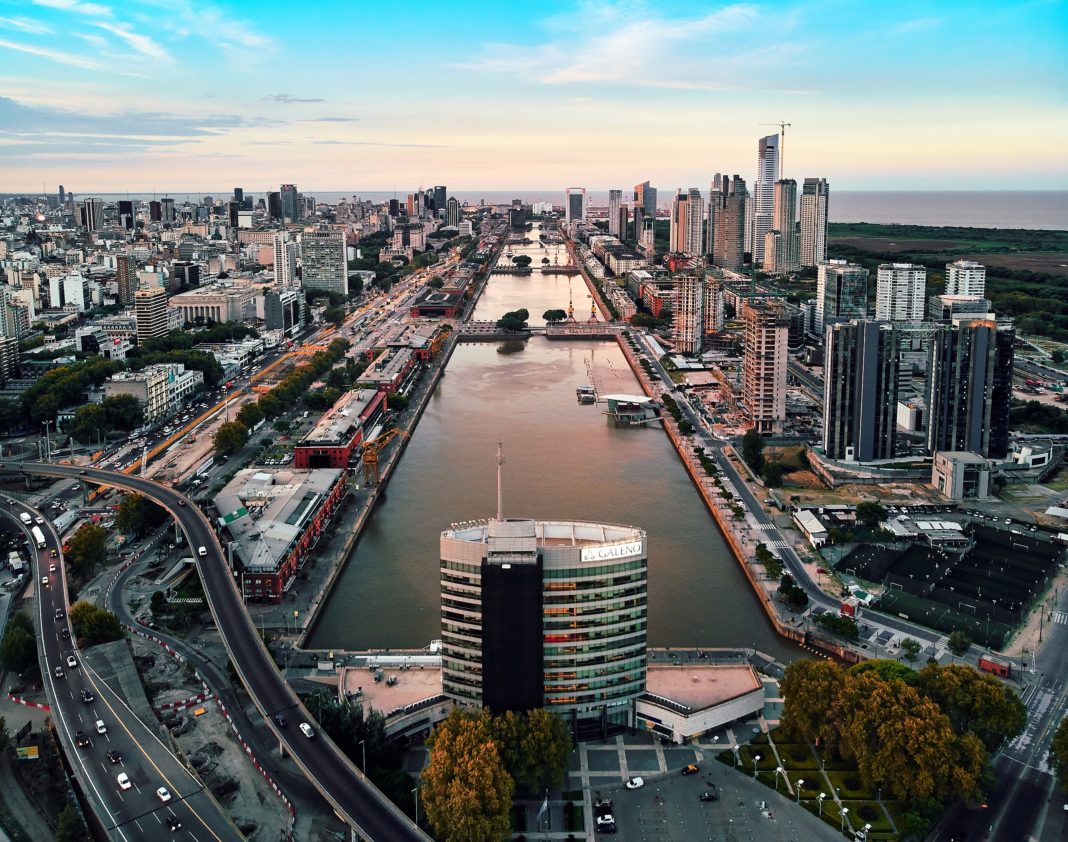The city’s cosmopolitan, multicultural identity was forged in a melting pot of cultures, from Native American and colonial Spanish roots to the influences of immigration from Italy, France, Great Britain, the Middle East, Africa, and Asia. You’ll see this eclectic mix of influences in the city’s architecture, food, and in the character of its people.

Feel the nostalgia in the cobbled streets of neighborhoods like San Telmo, visit old cafes where poets used to gather, witness traditional gaucho displays of horsemanship and folk dancing at the Feria de Mataderos, and explore the political history of the Plaza de Mayo, where huge crowds turned out to see Eva Perón speak.

Sensual, nostalgic, and fiendishly difficult to learn, tango emerged in the city’s portside neighborhoods in the mid-19th century and has since conquered the world. Today, Buenos Aires is a place of pilgrimage for tango dancers from all over, and the dance is still very much alive – danced by the young and young-at-heart well into the early hours every night of the week.

As well as witnessing traditional social dancing and learning some steps at a milonga, you can treat yourself to sumptuous dinner shows with spectacularly choreographed performances, and see live orchestras playing everywhere from cozy neighborhood bars to grand symphony halls.

Designated Ibero-American capital of Gastronomic Culture 2017, the city boasts outstanding culinary options, from elegant 19th and early 20th century “bares notables” to some of Latin America’s most acclaimed contemporary restaurants and bars. Dining is important in Buenos Aires, and you can enjoy the world’s best steaks, Argentina’s famous malbec wines, and hearty Andean fare, plus there’s pizza, pasta, and ice cream on every corner thanks to the city’s Italian heritage. Buenos Aires boasts several restaurants recognized in Latin America’s 50 Best.
According to the Internet















